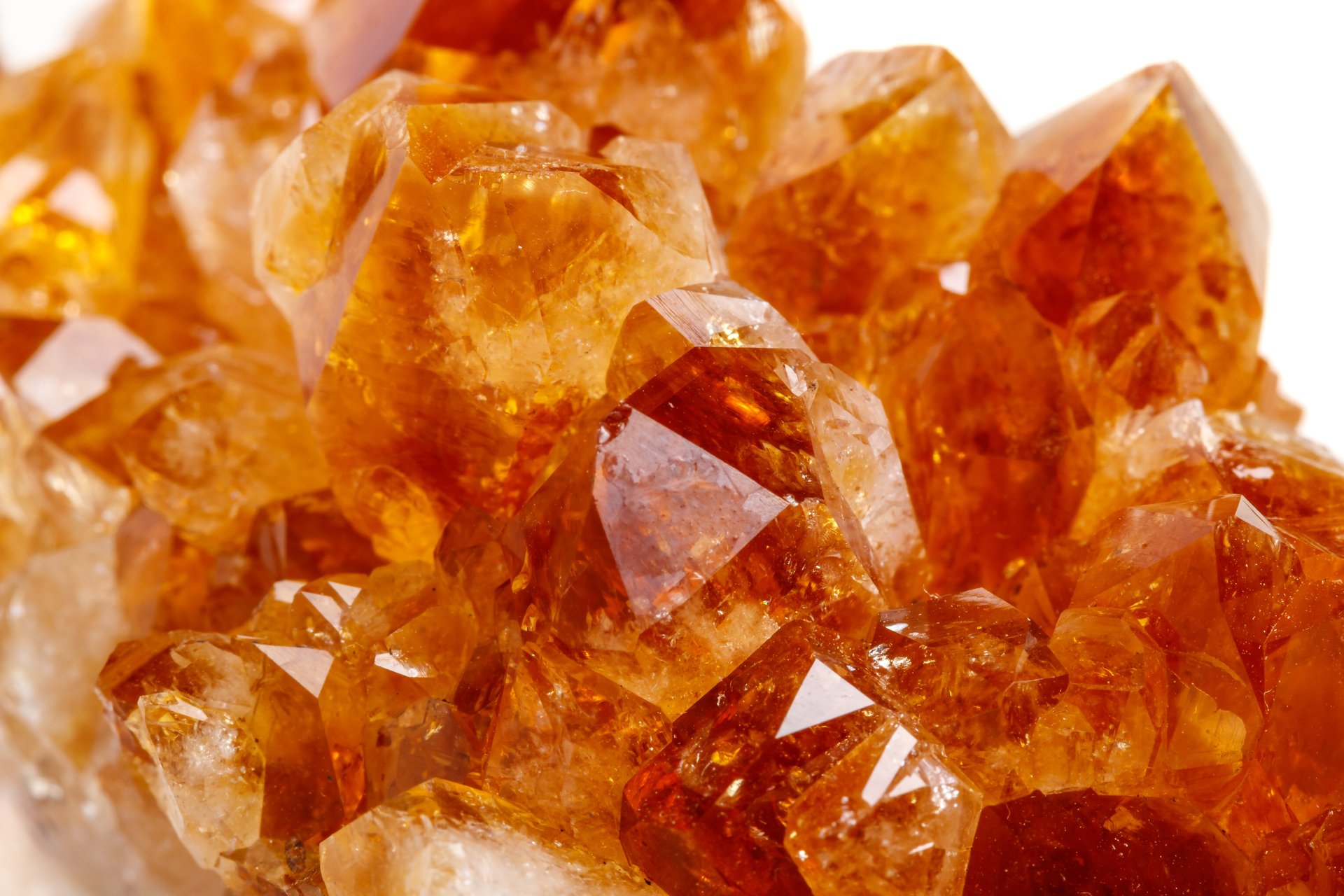Citrine
About
Citrine is a yellow to golden-brown variety of quartz. Its colour spans from pale yellow to rich amber, often with warm tones that vary within each crystal. This bright hue comes from iron impurities and natural heat treatments in the earth. Citrine is cherished for its durability and clarity, making it a favourite in jewellery and for use in manifestation and energy work.
Birthstones & Anniversaries
Citrine is the birthstone for November and the traditional stone for the 13th anniversary.
Crystal Healing Energy
Citrine is all about abundance and manifesting success. With its sunny energy, this “stone of success” attracts wealth, confidence, and positivity. Citrine connects with the solar plexus chakra, boosting self-confidence and personal power, while clearing negativity to keep you motivated and ready for growth.
Facts
Brazil's Mines: Brazil is one of the largest producers of high-quality amethyst today.
Royal Gem: It was once considered as valuable as rubies and emeralds.
Geode Formation: Amethyst commonly forms in large geodes found in volcanic rocks.
Heat Treatment: Heat can turn amethyst into citrine
Science
Mineral: Quartz
Crystal System: Trigonal
Chemistry: SiO₂
Colour: Golden yellow to deep amber
Refractive Index: 1.544 - 1.553
Birefringence: 0.009
Specific Gravity: 2.6
Mohs Hardness: 7
TreatmentsMany citrine crystals on the market are heat-treated amethyst or smoky quartz to produce the yellow hues. Natural citrine is typically paler in colour and rarer.
SyntheticsWhile synthetic quartz exists, there is no significant production of synthetic citrine specifically, as heat-treated amethyst is more cost-effective and readily available.
ImitationsGlass and other yellow-coloured materials are sometimes sold as citrine imitations. Real citrine can be differentiated by its hardness and refractive index, which glass and other imitations lack.
similar materialsTopaz - especially golden varieties that share a similar yellow hue
Yellow sapphire - another durable gemstone with a bright yellow colour
Heliodor - often has a similar golden appearance and clarity
Glass - can be coloured to imitate the look of citrine at a lower cost
Citrine Gallery
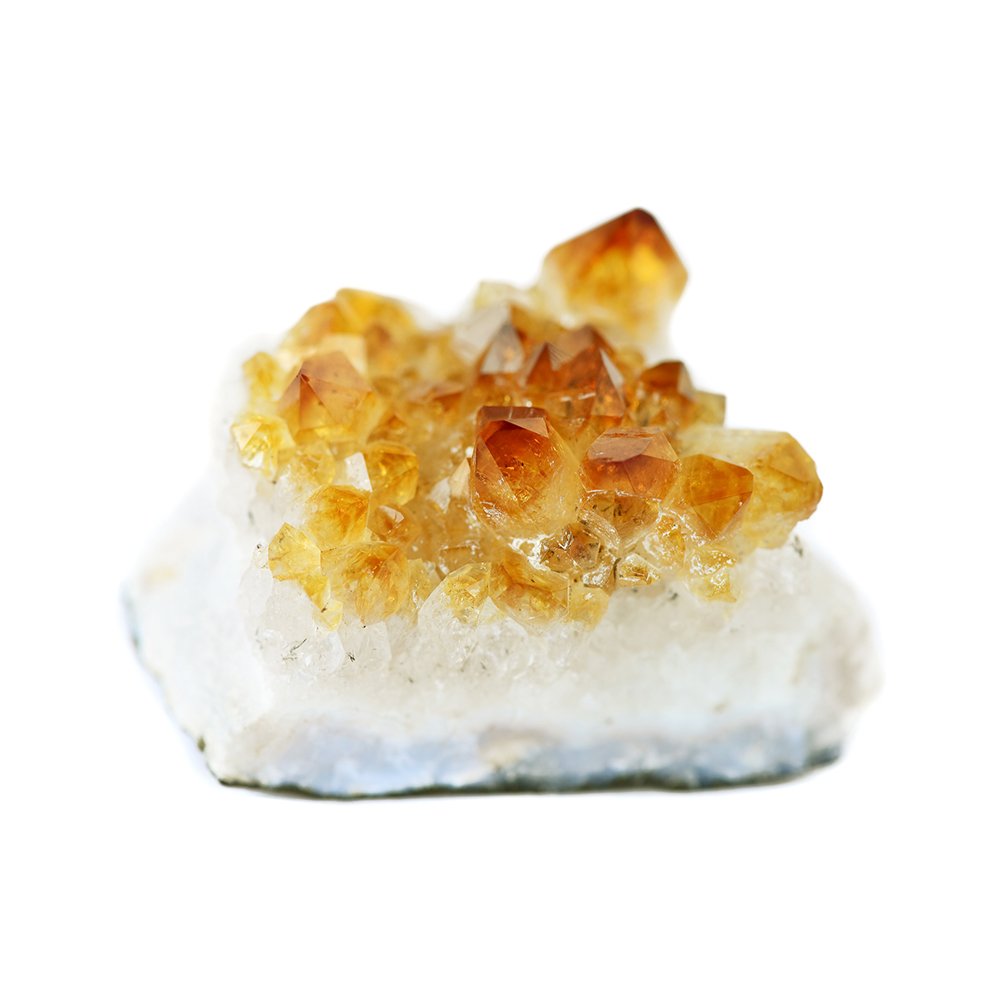
Citrine as a product of heat treating amethyst.
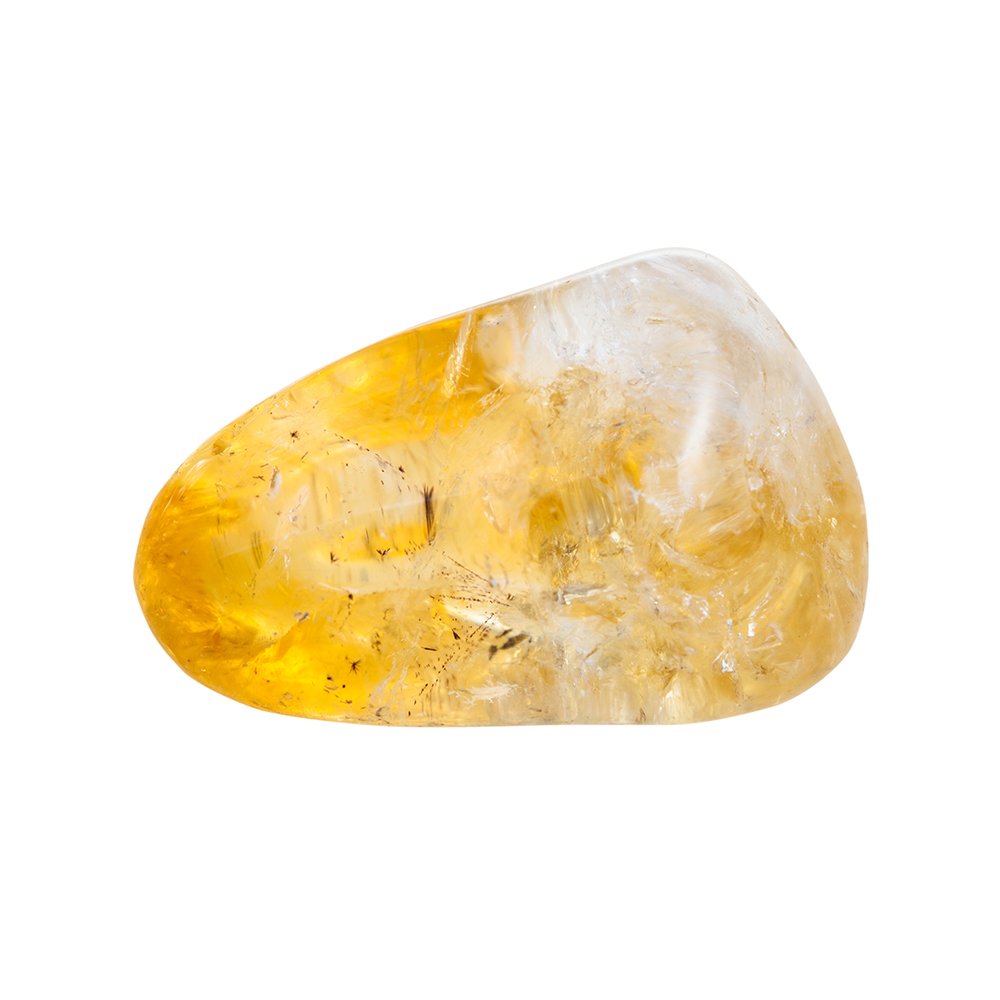
Citrine as a product of heat treating amethyst.
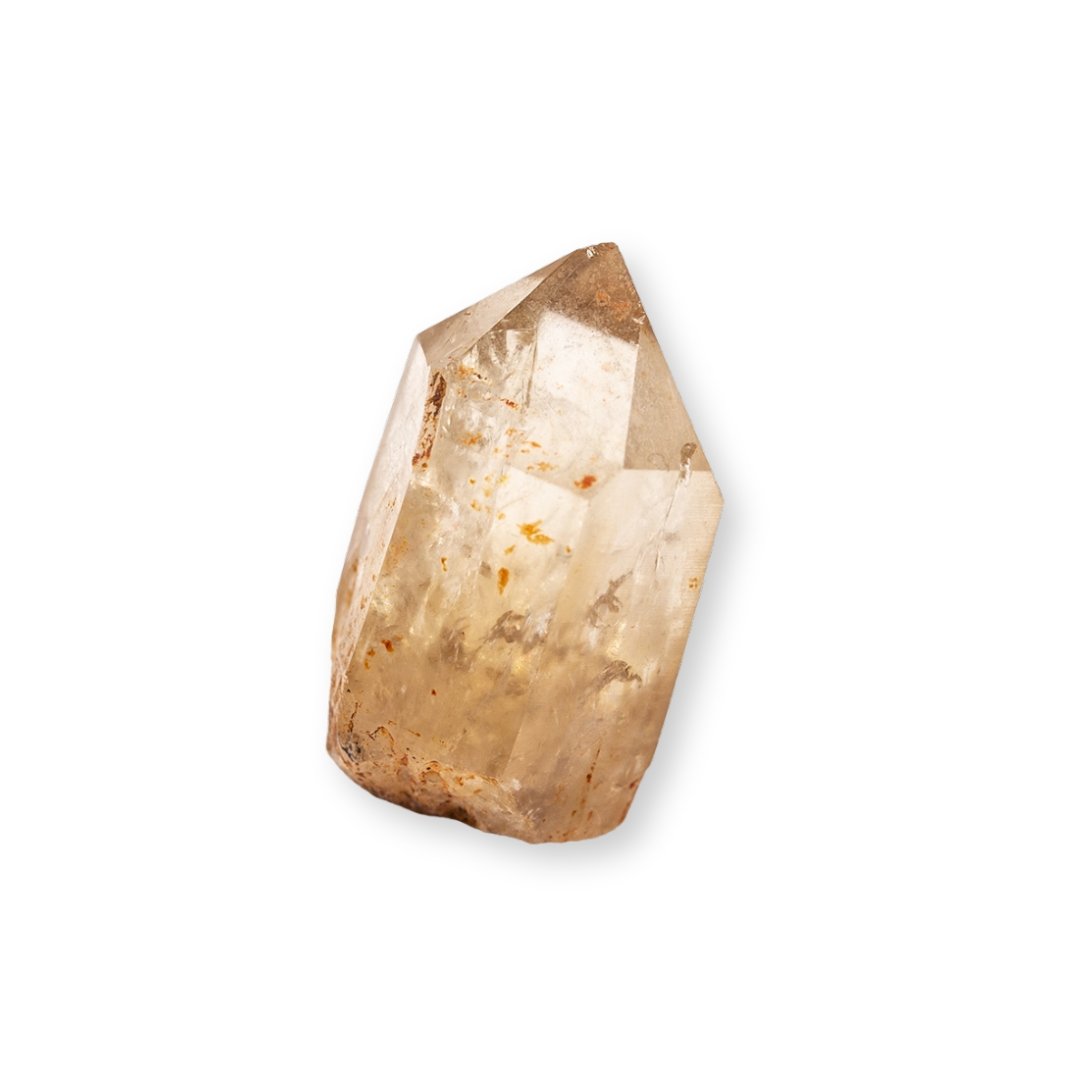
Natural point.
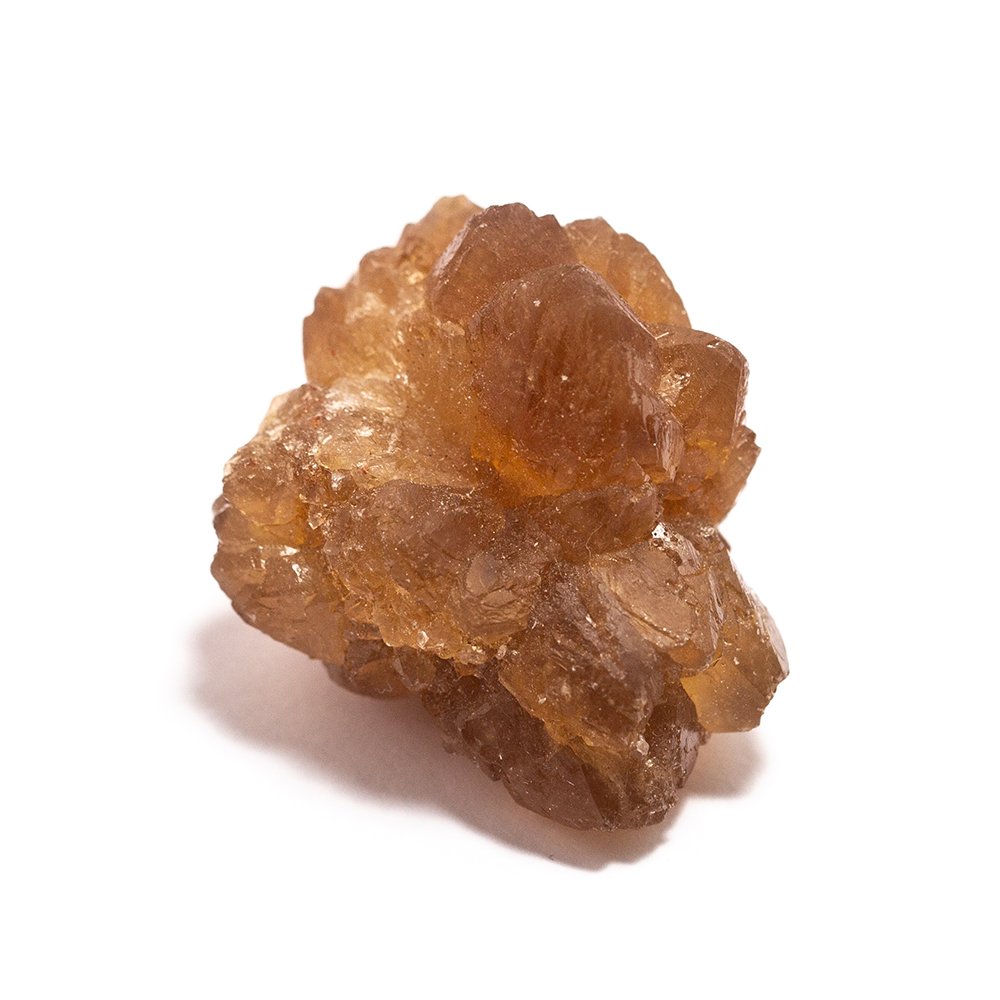
Cluster from Morocco.
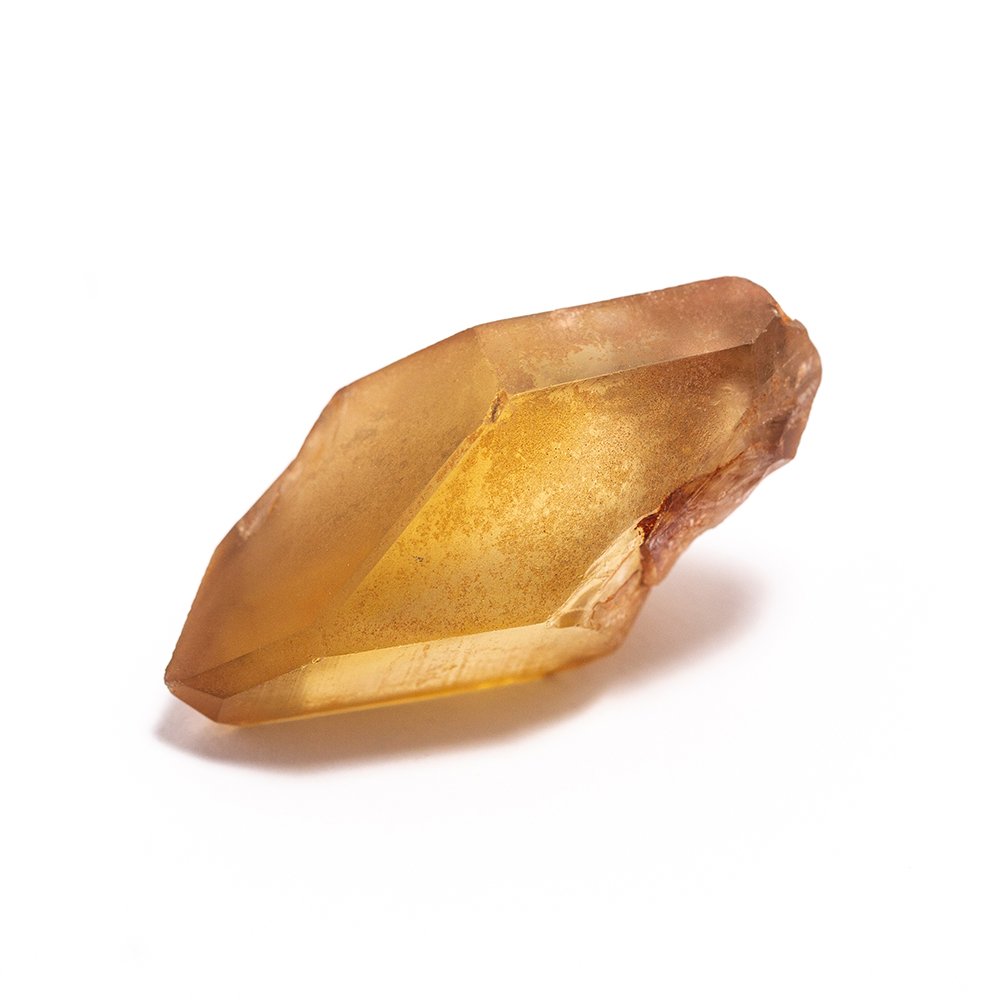
Zambian citrine.
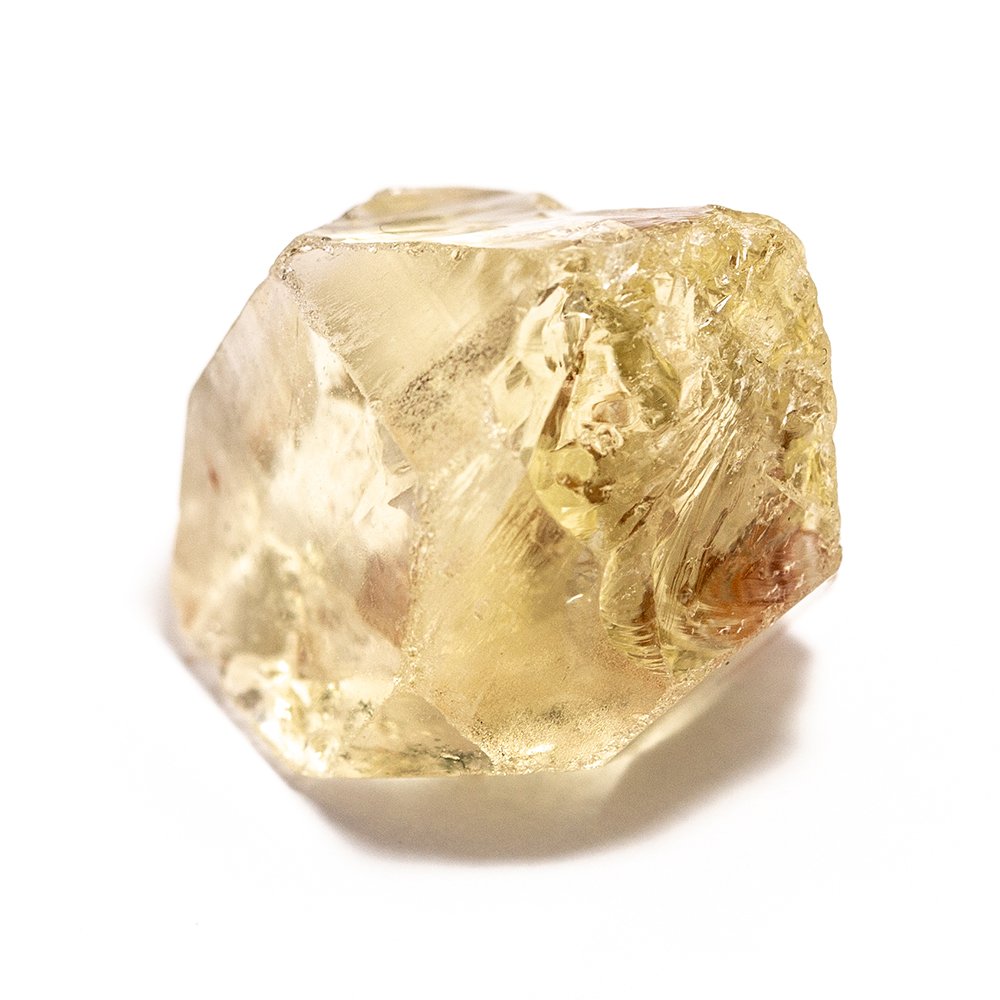
Brazilian citrine.
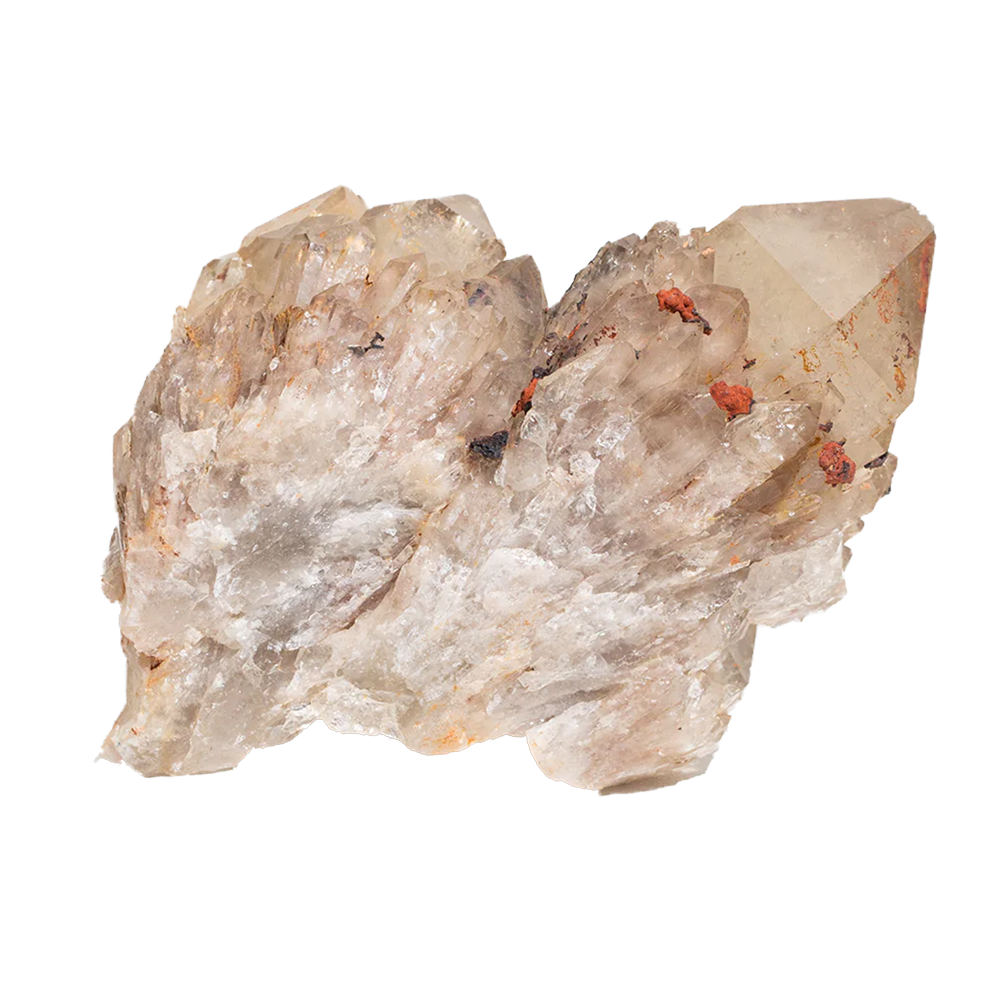
'Kundalini' citrine from the Congo.
Why We love Citrine
RareNatural, untreated citrine is rare, making it a special find in the quartz family.
affordableEven with its beauty and rarity, citrine remains more affordable compared to other yellow gemstones.
versatileCan be used in everything from jewellery to home decor, making it a versatile and stylish choice.
Other Varieties of Crystalline Quartz
-

Amethyst
Violet/purple variety of crystalline quartz.
-

Ametrine
Purple and yellow variety of crystalline quartz.
-

Rock Crystal
Colourless variety of crystalline quartz. Also called clear quartz.
-

Prasiolite
Green variety of crystalline quartz.
-

Rose Quartz
Pink variety of crystalline quartz.
-

Smoky Quartz
Brown to grey variety of crystalline quartz.
-
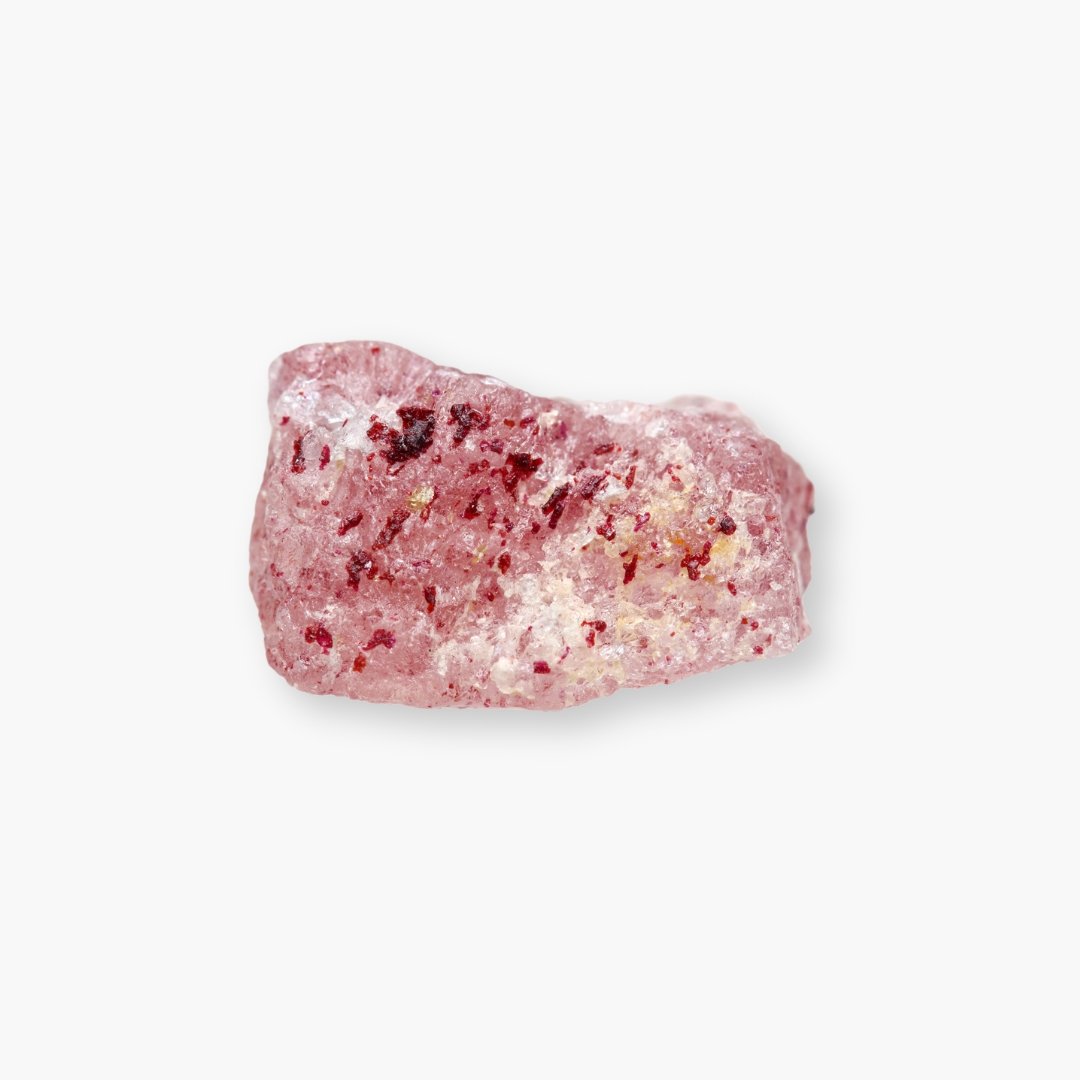
Strawberry Quartz
Colourless crystalline quartz with red hematite inclusions.
-

Rutilated Quartz
Colourless crystalline quartz typically with golden rutile inclusions.
-

Tourmaline Quartz
Colourless crystalline quartz with black tourmaline inclusions.
